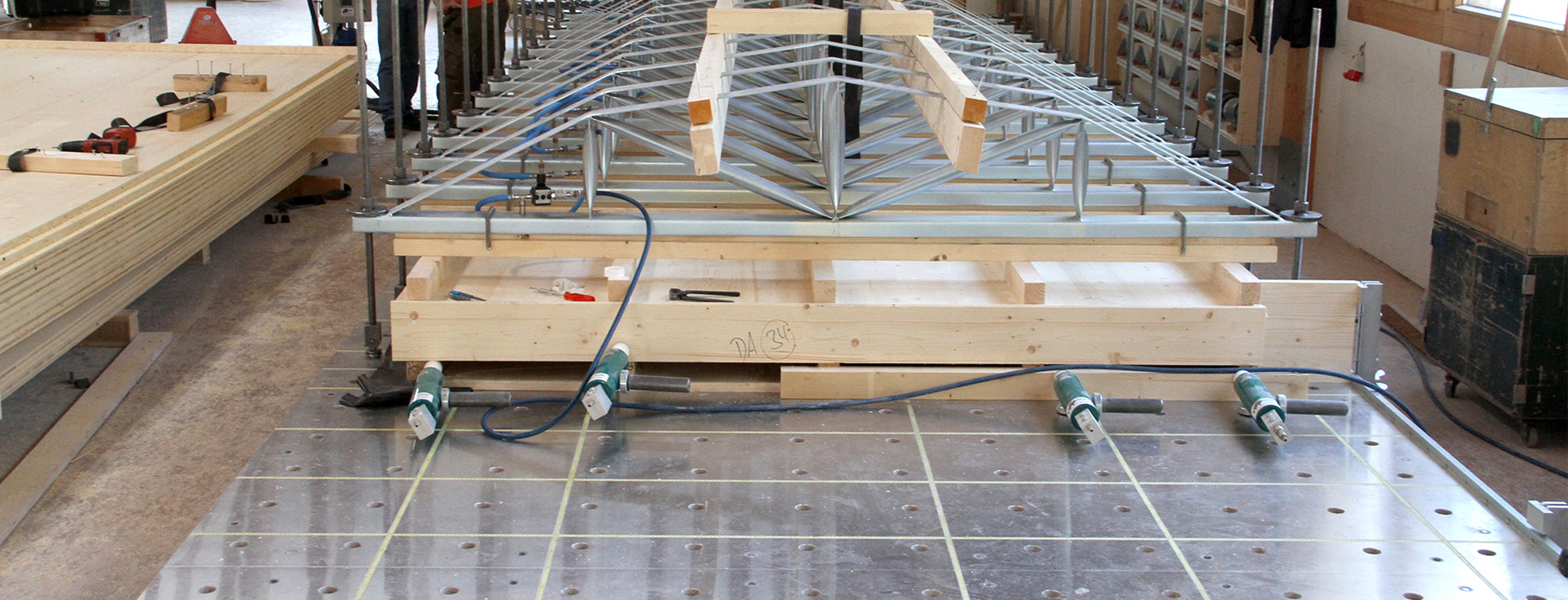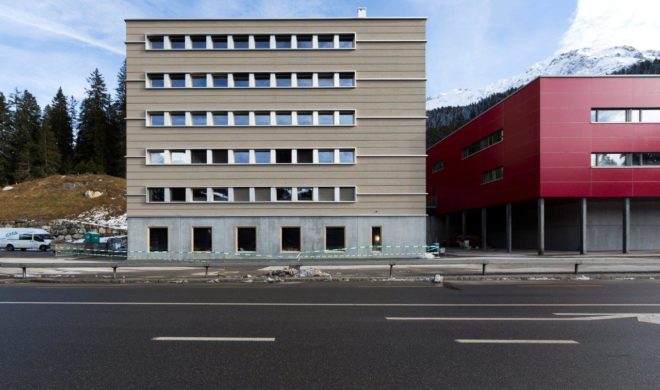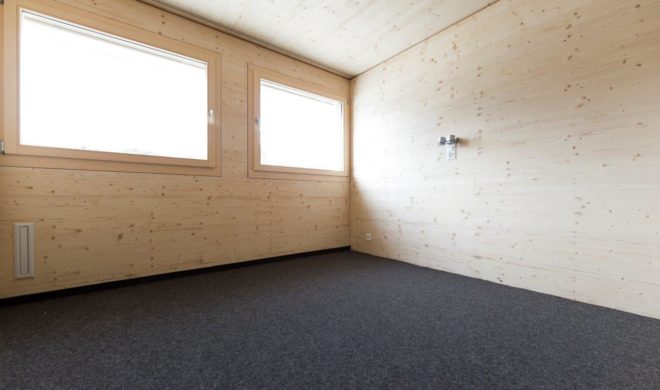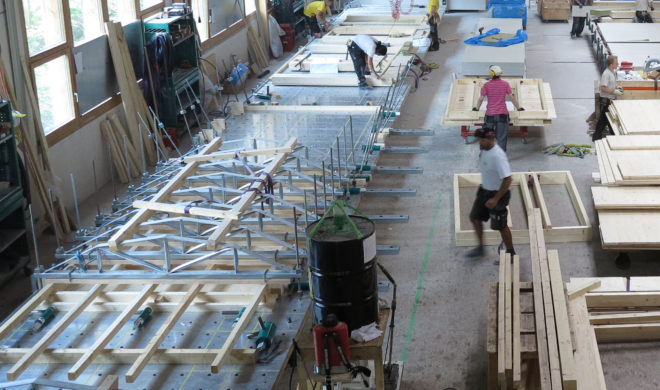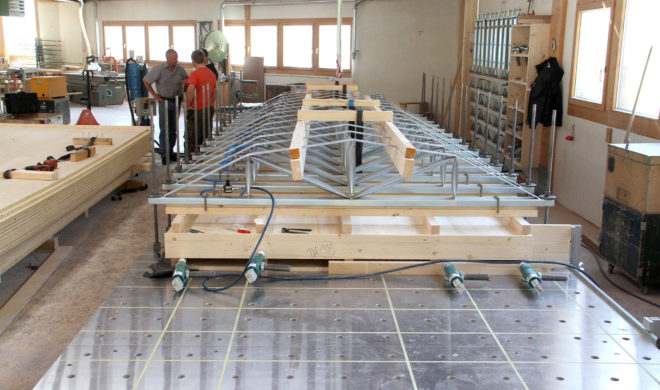Pneumatically Pressed Box Girders
With their energetic, static and aesthetic properties, box elements (hollow boxes) are popular with single-family houses and additions. A new production method and more established solutions for sound insulation make it easier to use in multi-storey buildings. With their energetic, static and aesthetic properties, box elements (hollow boxes) are popular with single-family houses and additions. A new production method and better established solutions for sound insulation make it easier to use in multi-storey buildings.
CH.HOLZBAU, Ausgabe 05 2015
Automatic Google-Translation form the German Original:
On the Lenzerheide a new staff house was built on old ground. The top five of the total of six floors (detailed report in CH.HOLZBAU No. 4.2015) were made entirely of wood – frame elements for the walls, box elements for the roof and false ceilings. In the 55 rooms, the three-layer panels used were installed on both the ceilings and walls in visual quality. As the executing company, Künzli Holz relied on box elements when planning the false ceilings. Thanks to their cavities, they enabled a complex interior with insulation and a directly integrated sprinkler system. In addition, the construction – apart from the sub-floor – could be carried out using dry construction.
Pneumatic pressing in visual quality
Box elements offer an alternative to concrete, solid wood and wood-concrete composite ceilings in multi-storey buildings. Up to now, however, their manufacture has been complicated and time-consuming, and static properties have rarely been subjected to measurable tests (delamination, rolling shear). Corrugated nails or screws have often been used to achieve the pressing pressure. With a pneumatic press device, which is available as an extension to the element assembly table from the Swiss manufacturer Woodtec Fankhauser, a breath of fresh air comes into production. The box elements are put together and glued together on the element construction table. Then, at intervals of 50 cm, pressure brackets are stretched over them, which exert a pneumatically evenly distributed pressure on the element, which is standard-compliant. Since the screws are omitted, the wood-based panel of the soffit can also be made in visual quality, which e.g. was decisive for the property on Lenzerheide.
480 elements on rotating workstations
Due to the complex inner workings of the box elements for the staff house, these were glued in two steps with a pure adhesive from the HBS line from Purbond with 15 minutes open and 40 minutes pressing time. On average, up to nine men worked in two shifts on three rotating workstations. While one element was freshly glued, another was pressed and insulation and sprinklers installed in a third. The 3500m2 elements, more than half of which were glued, were completed within six weeks. The pneumatic pressing device was also used on the walls to glue the three-layer panel in order to achieve the visual quality desired by the architect. A sticking point was the sound insulation. In the case of the Lenzerheide staff house, the required values were achieved in addition to the 120 mm insulation of the cavities by adding weight with garden slabs. In a three-storey apartment building that is being planned at Künzli, even better values in the low-frequency range should be achieved with lime grit, e.g. to dampen the footfall sound even more pleasantly.
Pneumatically Pressed Box Girders
Opportunity for timber construction company and builder
Since there has been no convincing standard for box elements up to now, architects and engineers rarely consider them as an alternative to traditional false ceilings. However, if you start with a concrete concept, many are open to the advantages such as a shorter construction time. Since the entire project can be prefabricated on the element construction table, box elements offer timber construction companies an opportunity to generate added value in the company. Even for smaller properties such as single-family houses, they enable rapid construction with narrow false ceilings, greater interior height and, where desired, a flat wooden ceiling in visual quality.
Standard with a conforming production concept
The pneumatic pressing method of the Woodtec pressing device enables efficient production and a precise check of the pressing process. With up to 39 kN per bracket, the bars can be glued in accordance with the rules with effective pressure between 0.02-0.06 N / mm2, with automatic pressure being applied if necessary. In the EU area, box elements are pressed onto the Woodtec pressing device. Press brackets are tensioned at intervals of 50 cm, which exert a pneumatically evenly distributed pressure on the element. With the Woodtec pressing device, the quality and conformity of glued box elements can be guaranteed. Thanks to pneumatic press technology, the three-layer panels of the walls and ceiling are not just cladding, but could also be glued in a statically load-bearing manner. Compliant with Eurocode 5. With precisely defined production conditions and monitoring based on a glue construction protocol, they offer a quality guarantee for building owners and engineers. 15 manufacturers are already producing with the standard set by Woodtec.
More News
Show All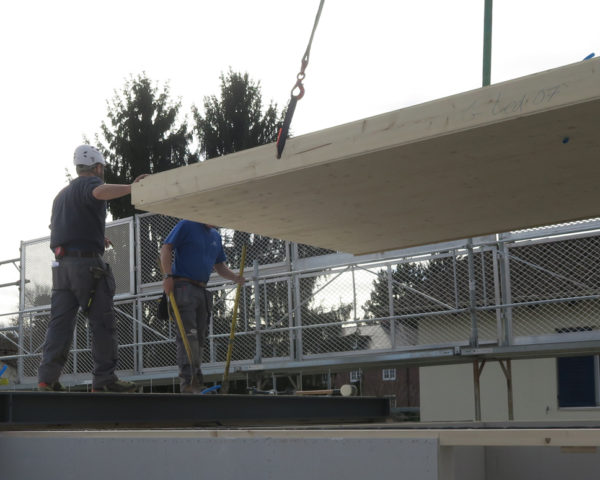
Added Storeys and Extensions
With increasing urbanization and the legislative measures against urban spraw…
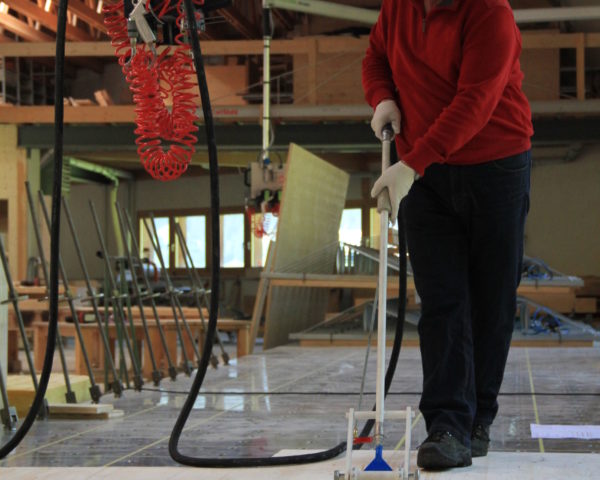
Connecting with Adhesives
Fasteners do not always have to be used to manufacture wooden construction el…
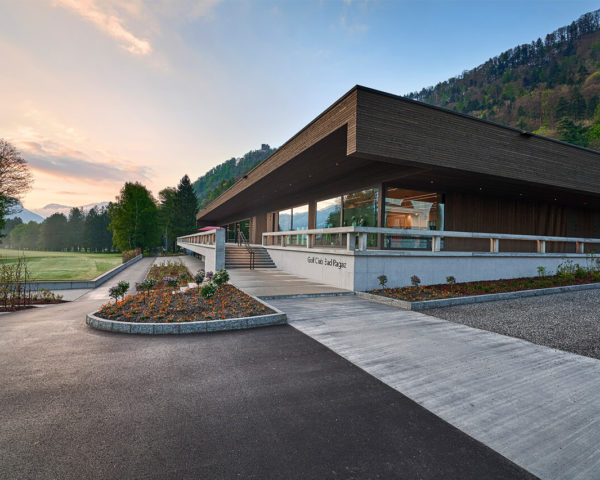
Glued Box Girders – Completely Without Screws
Glued box girders for roofs and ceilings with a larger span
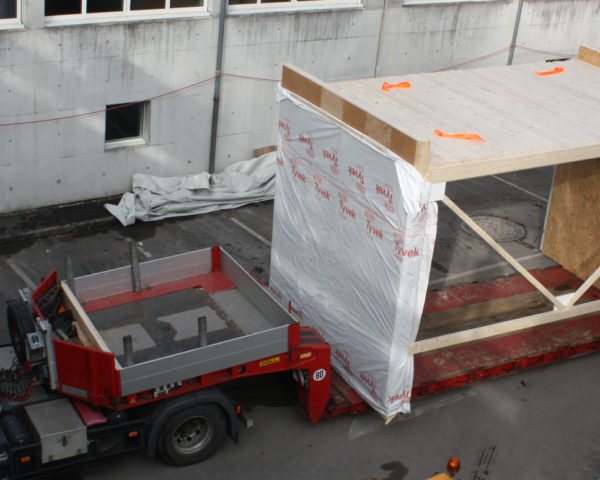
Timber for Athletes
Whether sprinting, hurdling, long jump or javelin throwing – thanks to ribbed…
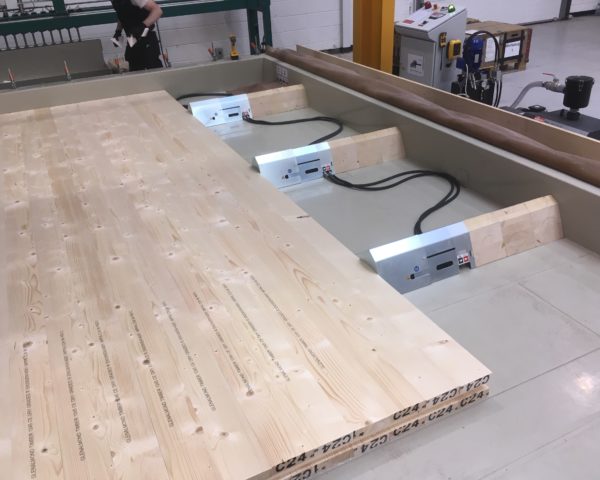
Make your own CLT
BSP in Kundengrösse, gewünschter Qualität, Holzart und termingerecht herstell…
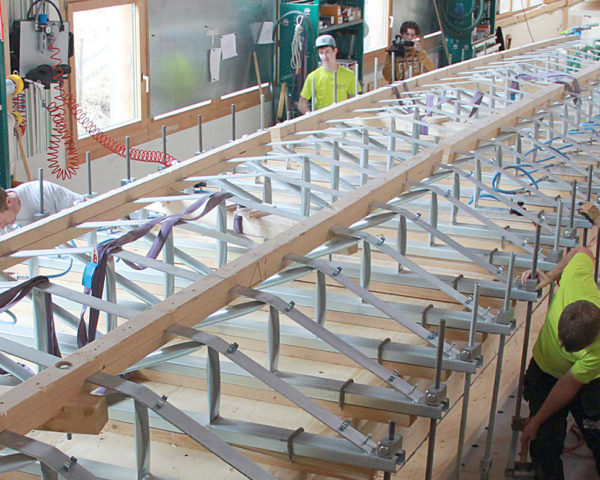
The structures of the future
Glued Box Girders with 21 m span for exposition hall
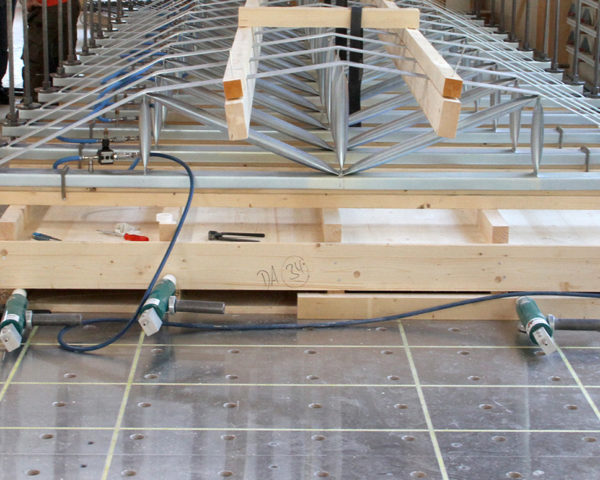
Pneumatically Pressed Box Girders
With their energetic, static and aesthetic properties, box girders are popula…
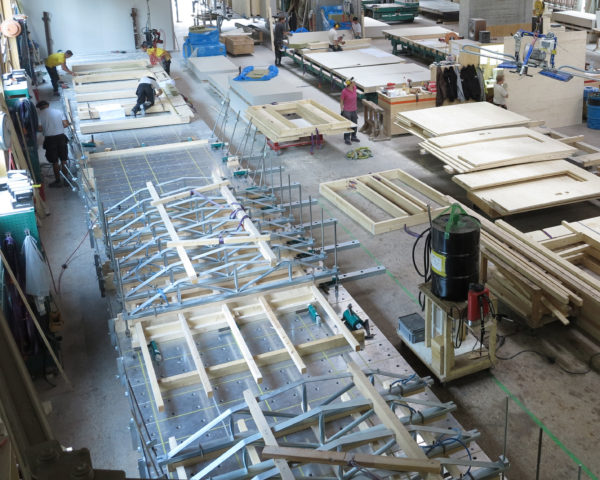
Pneumatic Pressing Technology
A new production method changes the production of box girder elements for use…
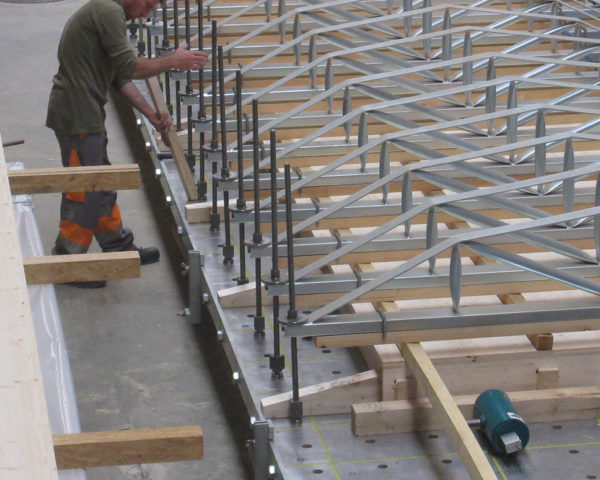
Timber and Adhesive
The latest trend in timber construction is the gluing of load-bearing wooden …
